Think you know Bruno Munari the designer? As Hamish Makgill reveals here, there may be more than you expected to the polymath who Picasso called "the new Leonardo"
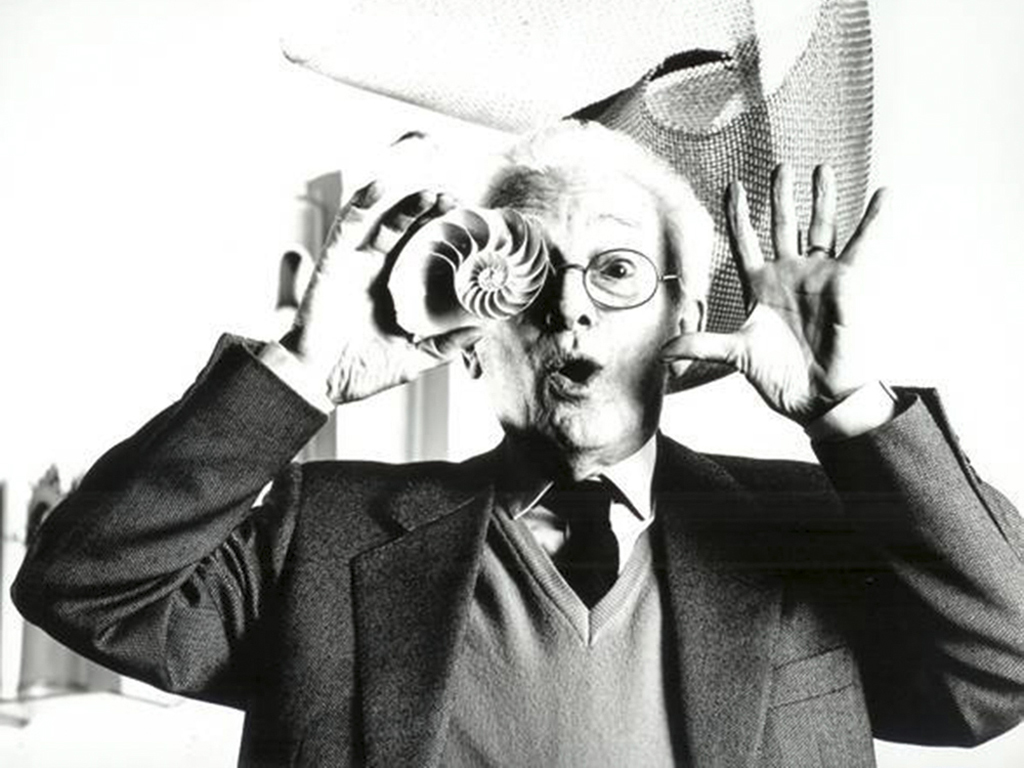
The work of Bruno Munari is no secret. One of his quotes has graced the stairwell of the Design Museum for years. His excellent monograph Air Made Visible from Lars Müller adorns the shelves of many design agencies. References to his work ripple through the portfolios of great and established creatives time and time again. And many of their children will have one or more of his charming and brilliant books in their room.Pablo Picasso was a huge admirer and considered him to be a great philosopher. Unlike many other artists and designers of his time, Munari has eluded definition. So much so that his visual range disorientated critics to the point where they struggled to write about him in any cultural context. He demonstrated a truly multi-disciplinary approach to his work – from his early days with the Italian Second Futurist Movement, to his association with the Concrete Art Movement in the late 1940s, right through to his years as a designer and art director in the 1960s and 70s. He was a painter, designer, poet, teacher, sculptor… the list goes on.
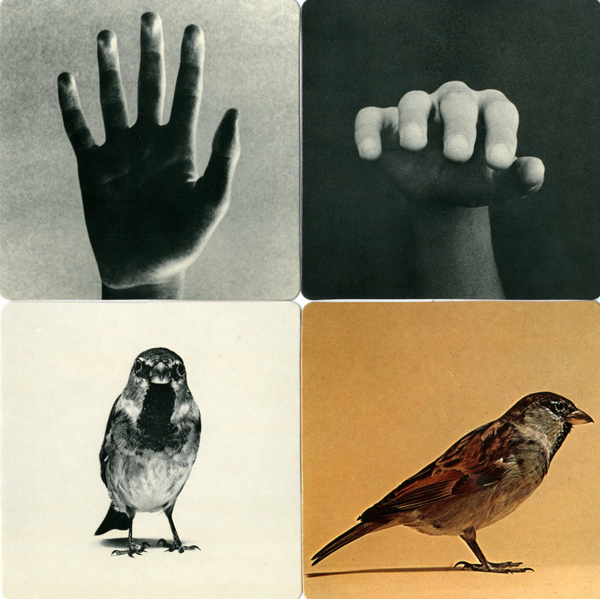
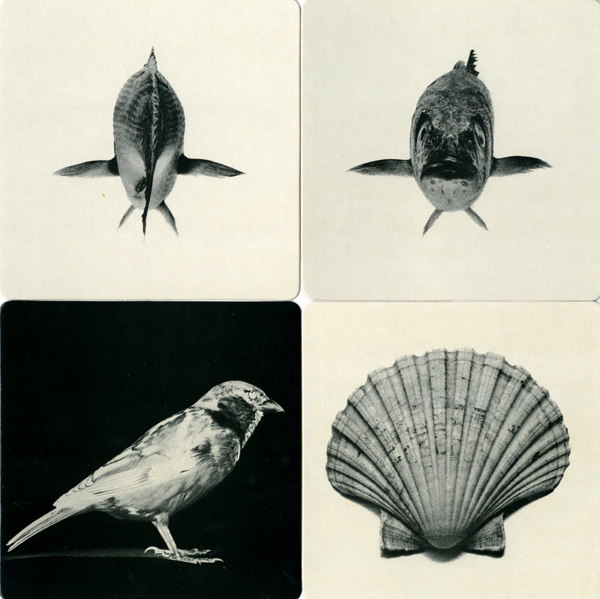
Pablo Picasso was a huge admirer and considered him to be a great philosopher. So it is no surprise that, to those who know Munari's work, he is regarded as one of the most important Italian artists of the 20th Century. But I find it incredible that he is not more celebrated beyond the design world. Although I say he is not a secret, he is certainly not well known in the way many of his contemporaries are.
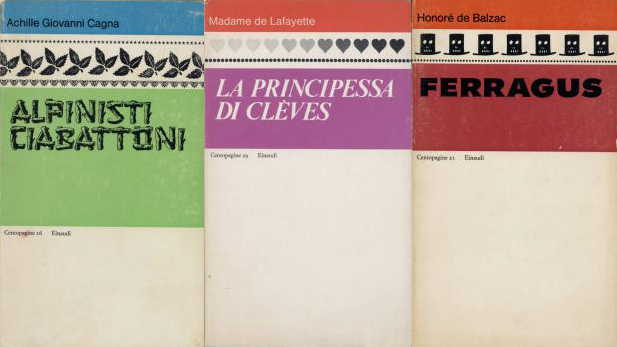
I can't actually remember when I first came into contact with his work. I know it wasn't in a gallery as you hardly ever see him exhibited in permanent collections outside of Italy. It was most likely one of his books. Whatever it was, it lead me to uncover a wonderful body of work that felt more like the collection of a group of artists than the work of one man.
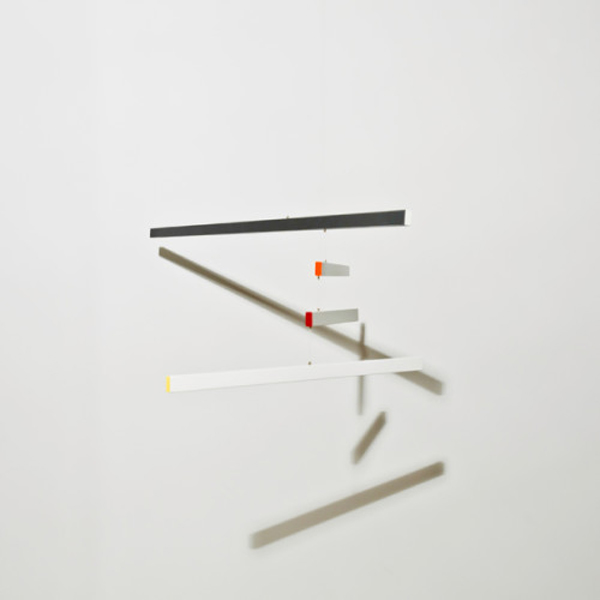
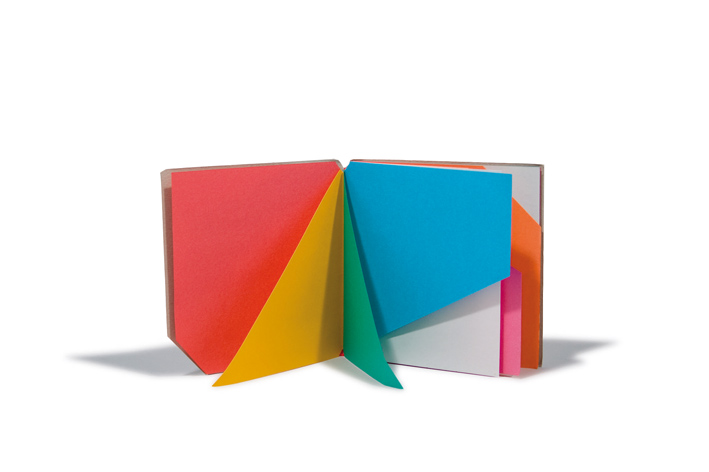
But it's his approach to creativity that I find so totally compelling. Just look at Laboratorio, his workshop for children that lets them explore art as play with no set boundaries. Centopagine, a stunning series of book covers that employ a refreshingly loose graphic system. The geometric, abstract mobiles Useless Machines. The wonderfully simple ashtray Cubo for Danese. Speak Italian: The Fine Art of the Gesture, his wry look at the Italian manner of speaking with your hands.
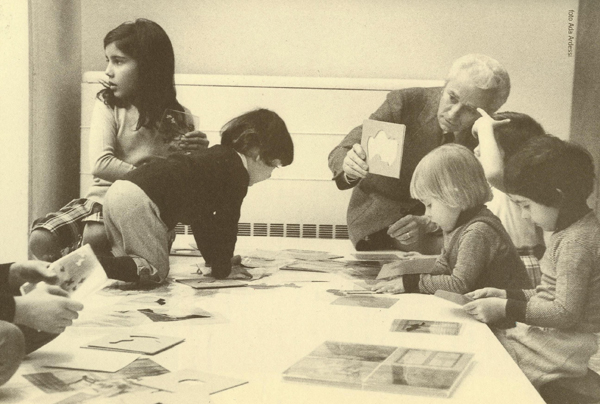
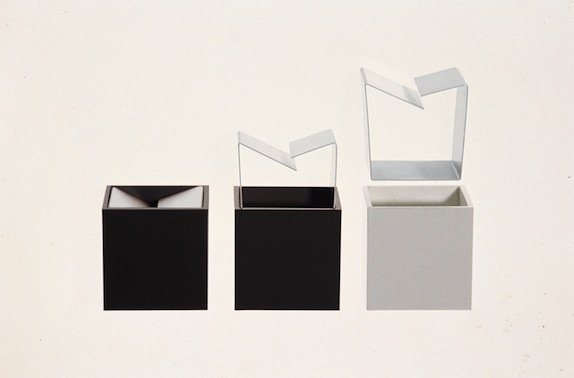
At the heart of all of these projects, as is actually the case with almost all of Munari's work, is an unfettered sense of play and exploration. As a designer, I find this refreshing. I appreciate that these are different times and the proliferation of agencies leaves us needing to be more commercially focused than perhaps was necessary in past years. But it strikes me that in recent years we have shunned play for cool and as a result design has become too self conscious. I look at Bruno Munari's work and it reminds me that we need to keep experimenting and to reinvent the rules – much like the children on one of his workshops.
So whilst his work has fallen between the gaps of disciplines and he might not be as renowned as he might deserve, to me, Bruno Munari represents more than an incredible body of work. He offers us a wonderful opportunity to design beyond our disciplines and make work that inspires through its sheer creativity.



